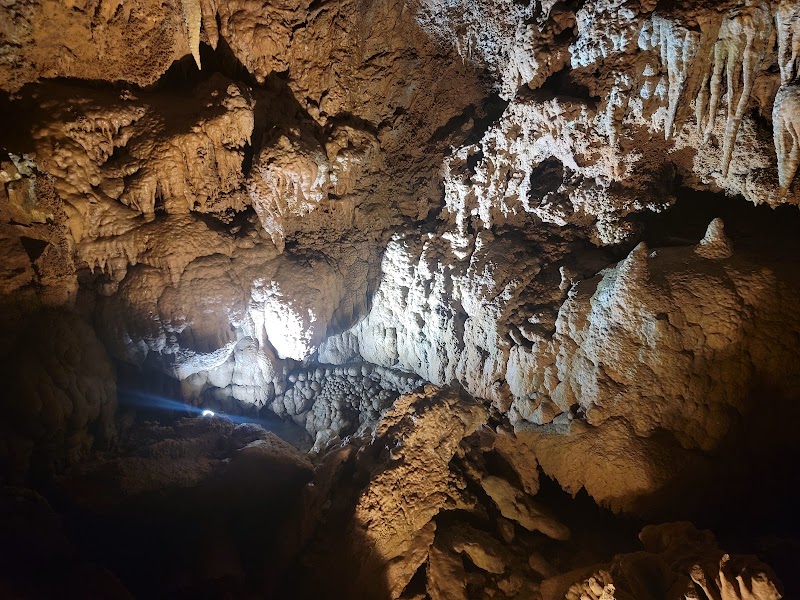
Waterfall Wonderland: Chasing Cascades in the Shasta-Trinity Wilderness
Explore the powerful charm of the Shasta-Trinity Wilderness through a cascade-chasing hike that blends rugged terrain with breathtaking waterfalls. This guide offers practical tips, precise trail info, and vivid descriptions to prepare you for a thrilling adventure where every drop tells a story.
Start Early to Beat the Heat
Begin your hike in the early morning to avoid midday sun and enjoy cooler temperatures near the streams and waterfalls.
Wear Trail Shoes with Good Traction
Trails feature rocky and sometimes slippery areas near water; sturdy shoes reduce risk of slipping.
Carry Enough Water
Hydrate frequently, especially during warmer months, as extended exposure to sun and elevation gain increase dehydration risk.
Pack Layered Clothing
Weather can change rapidly; layers allow quick adjustment for temperature swings and wind near waterfalls.
Waterfall Wonderland: Chasing Cascades in the Shasta-Trinity Wilderness
The Shasta-Trinity Wilderness invites you to step into a world where water commands the landscape with a fierce, elemental rhythm. This isn’t just a place to see waterfalls; it’s a dynamic stage where cascading waters dare you closer, carving out hidden pools and lush alcoves along trails that wind through dense forests and rugged terrain. Chasing cascades here is a hands-on adventure, demanding physical effort and alertness but rewarding with moments that feel raw and urgently alive.
Start your journey near the base of Mount Shasta, where the terrain rises steadily over 6 miles with approximately 1,200 feet of gain. Expect a mix of shaded pine forests, moss-covered boulders, and rocky switchbacks. The trails skirt along persistent streams that chatter and rush, their currents pushing forward relentlessly, hinting at waterfalls just beyond the next bend.
Every step forward asks you to respect the wilderness’s pace. The terrain is uneven—roots and loose rock keep you grounded in the moment. Footwear with good grip is non-negotiable. Pause at viewpoints where sprays of mist cool the air, and listen to the waterfalls’ call: a constant invitation to engage with a force fiercely itself. If timed right—late spring to early summer—water flows at its peak, making each cascade sparkle with raw vitality.
Preparation is key. Hydrate often; the climb and exposure can quickly sap your strength. Weather here shifts quickly—layers that wick and protect from wind are essential. Early starts help avoid afternoon heat and increase chances to spot wildlife stirred at dawn near the water’s edge.
Along the trail, you’ll encounter not only the roar of waterfalls but quieter, secret spaces where the forest seems to breathe with a softness that contrasts with the falls’ power. Local wildlife, from black-tailed deer to the occasional mountain salamander, shares this watery boundary, making every pause a chance for unexpected sights.
This hike isn’t a race—it’s an ongoing dialogue with the landscape and its cascading spirits. Respect their power; travel equipped, stay alert, and immerse yourself in the straightforward, rugged beauty of Shasta-Trinity’s waterfall wonderland. When you reach each cascade, it’s more than a photo op; it’s a moment stolen directly from nature's relentless flow.
Nearby Trips
All Adventures
Boat Charters
Water Activities
Adventures near Redding, California
Discover the unique and memorable adventures that make Redding, California special.
Frequently Asked Questions
How difficult is the hike to the waterfalls?
The hike is rated moderate, covering roughly 6 miles with about 1,200 feet of elevation gain. The terrain includes rocky and uneven sections, requiring steady footing but no specialized climbing skills.
When is the best time to see the waterfalls at peak flow?
Late spring to early summer, when snowmelt feeds the streams, offers the most powerful and photogenic waterfalls.
Are there any safety concerns near the waterfalls?
Yes. Rocks near cascades are often wet and slippery. Stay on designated trails and avoid climbing too close to edges or fast currents.
Can this hike be done year-round?
While possible, winter hiking requires specialized gear and caution due to snow and ice; summer and fall offer the easiest access and safest conditions.
Is camping allowed in the Shasta-Trinity Wilderness?
Yes, dispersed camping is permitted with Leave No Trace principles; however, check local regulations for any seasonal restrictions or permit requirements.
What wildlife might I encounter on this trail?
Common sightings include black-tailed deer, various songbirds, squirrels, and occasionally mountain salamanders near moist waterfall areas.
Recommended Gear
Sturdy Hiking Boots
Provide traction and ankle support on rocky, uneven paths near wet areas.
Water Bottle or Hydration System
Staying hydrated is critical given uphill hiking and sun exposure.
Layered Clothing
Allows you to adjust warmth as temperatures can shift rapidly in the wilderness.
Trekking Poles
Helpful for stability on slippery or steep sections, especially near waterfall spray zones.
Local Insights
Hidden Gems
- "The lesser-known Eagle Cliffs overlook provides a sweeping view of the waterfalls from a high vantage point, accessible via a short spur trail."
- "A quiet pool beneath Lower Falls offers a cool resting spot sheltered from wind."
Wildlife
- "Keep an eye out for the Northern Pacific treefrog, often heard near streams."
- "Black bears inhabit the area but tend to avoid human activity; store food securely."
History
"The Shasta-Trinity area holds deep significance for the Wintu people, with several sacred sites near water sources that remain protected."
